My most recent piano-related read was the second edition of Edwin M. Good's “Giraffes, Black Dragons, and Other Pianos : A Technological History from Cristofori to the Modern Concert Grand.” The book is fairly dense and I spent a few months slowly making my way through it, but I can say that I thoroughly enjoyed it.
I would say that this book has a very wide intended audience. Those with an interest in pianos who are at all curious about how these musical behemoths came to be will find this book to be clear and informative. Professional pianists and piano restorers will also surely be inundated with new information about piano makers that they have been familiar with for years. Music history buffs will be left wondering what the piano might have sounded like before 1826 when felt-covered hammers were first introduced.
Good takes the reader through the full evolution of the grand piano action from the Zumpe square, early types of escapement, the evolution of the jack, the Viennese action, and the modern double-escapement action. As the name of the book implies, Good also shows us many of the oddities that piano makers have invented over the years – giraffes, Stodart uprights, “birdcage” actions, and Janko keyboards. The author covers all of the most famous English, French, American, Austrian, German, and Italian piano makers, as well as the more recent Japanese, Chinese, and Korean makers.
Good does a great job at keeping his writing interesting and entertaining. He will occasionally toss in an anecdote about “some wag” who misinterprets the origin of the word “fortbien” or about the first time the piano was made with white naturals and black sharps.
The book is incredibly well researched, includes fantastic illustrations, and covers every aspect of the development of the modern piano over the past 300 years, as well as touching of the future potential of the piano and electronic keyboard. The book is in its second edition, and it is quite obvious while reading it that a lot of extra work went into it between editions. Mr. Good it seems is quite dedicated to improving his work and continuing to provide compelling and historically accurate information. I'd like to commend him for his wonderful book and would encourage you all to acquire a copy for yourself.


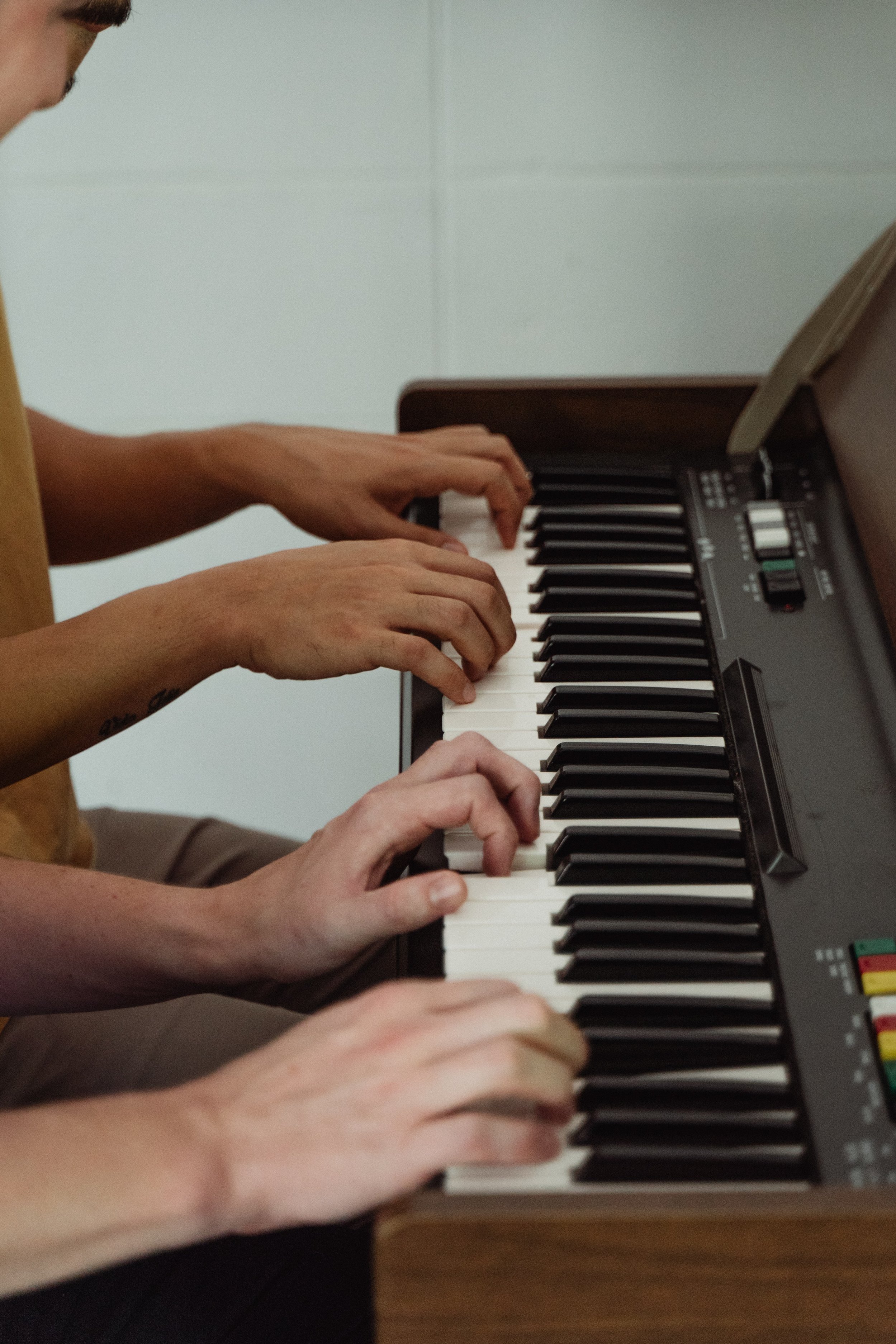




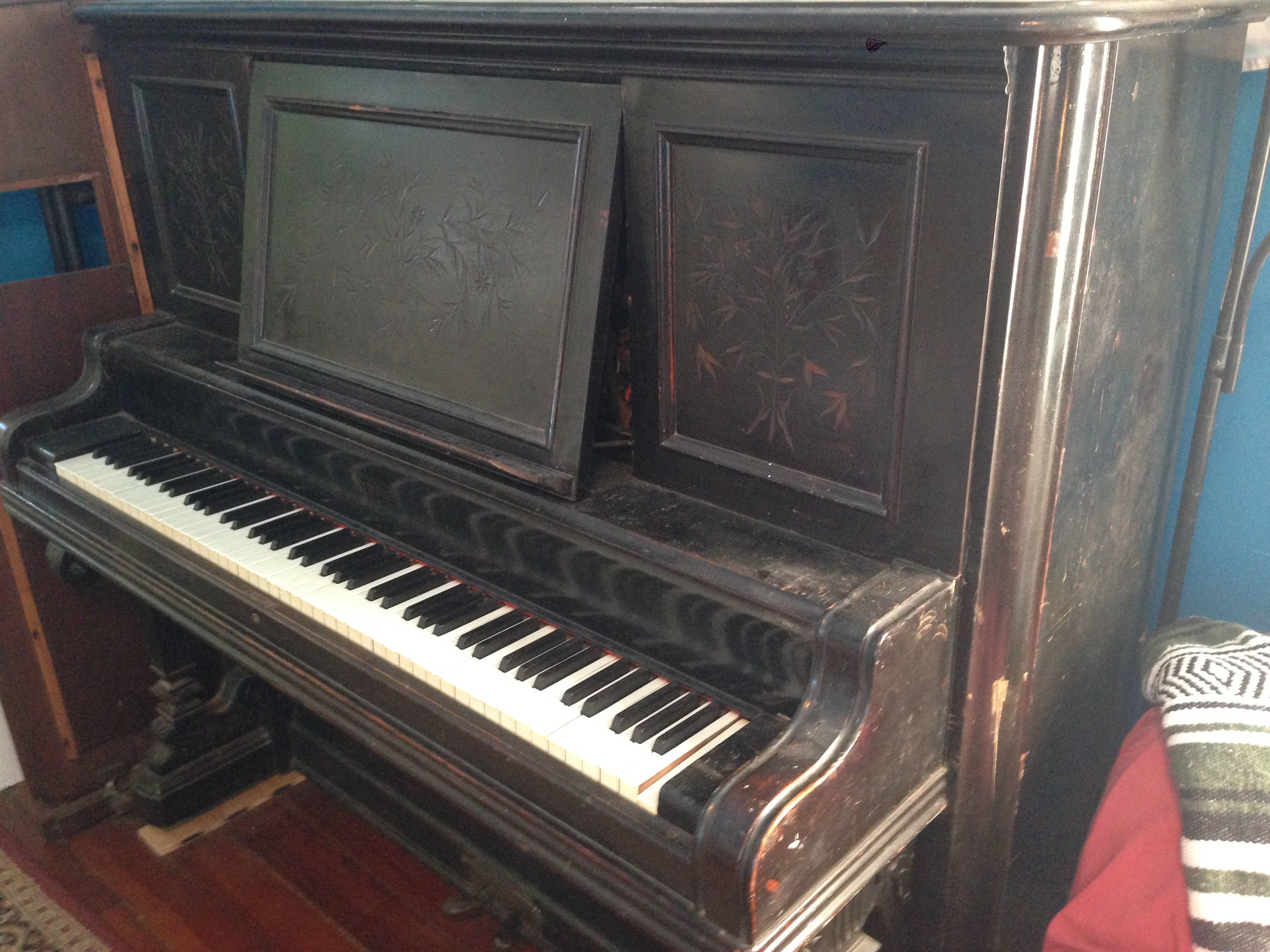







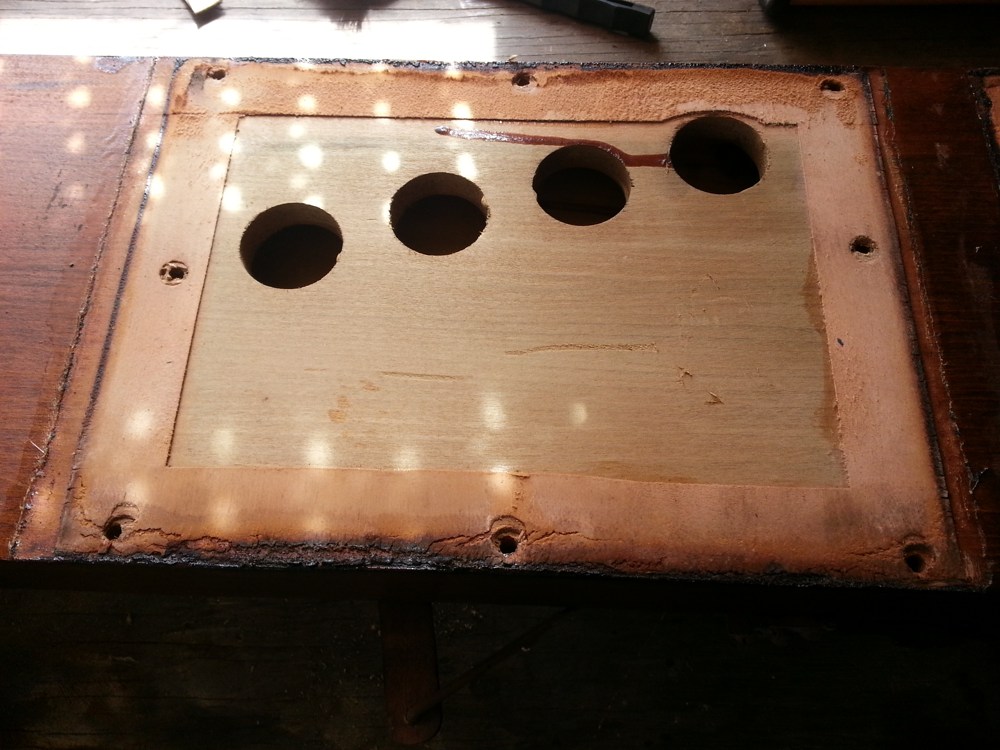





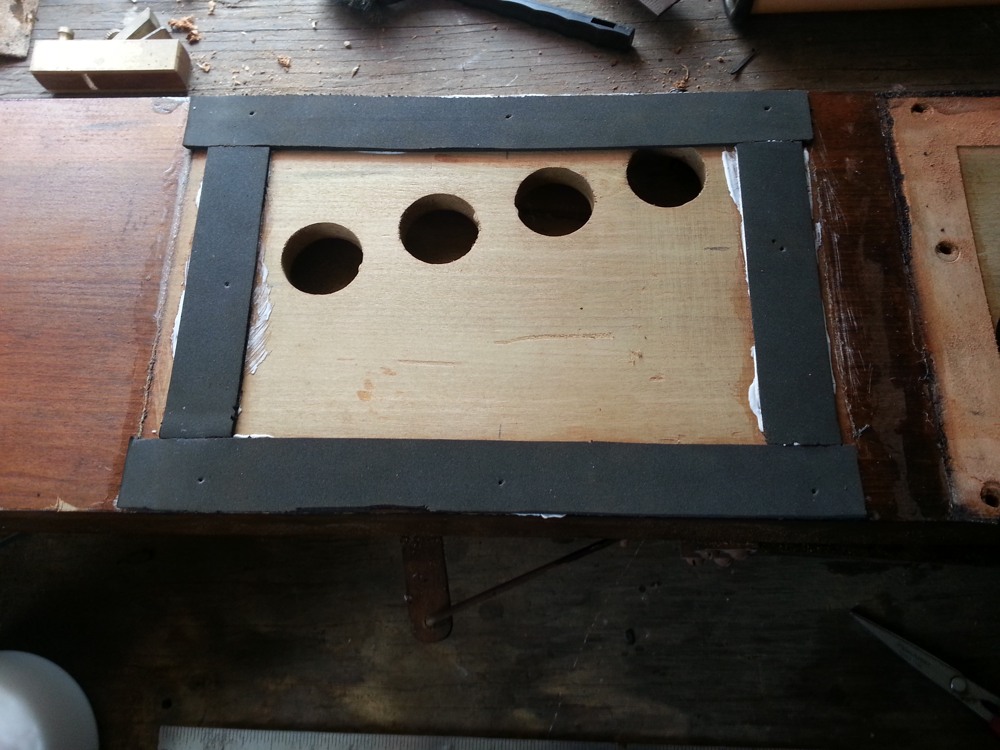


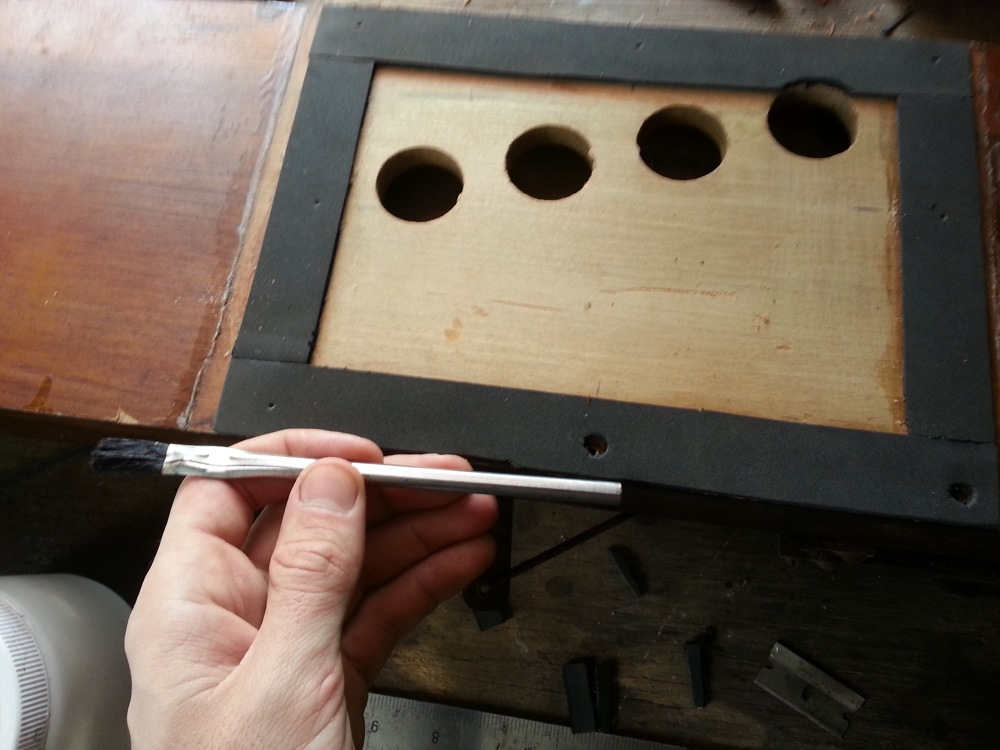


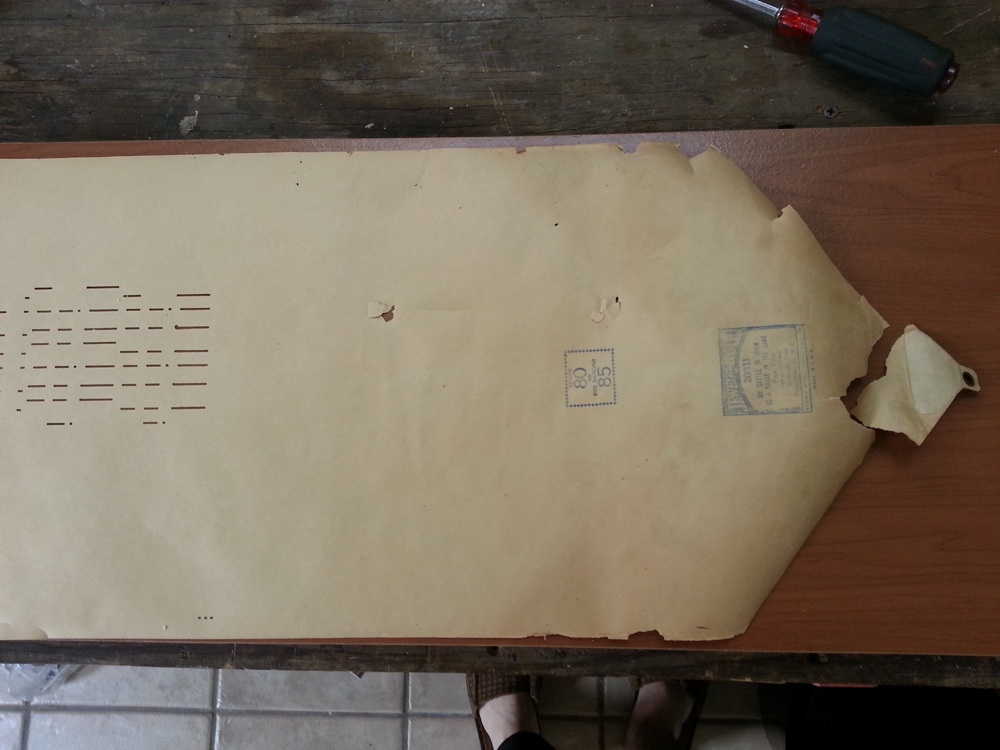





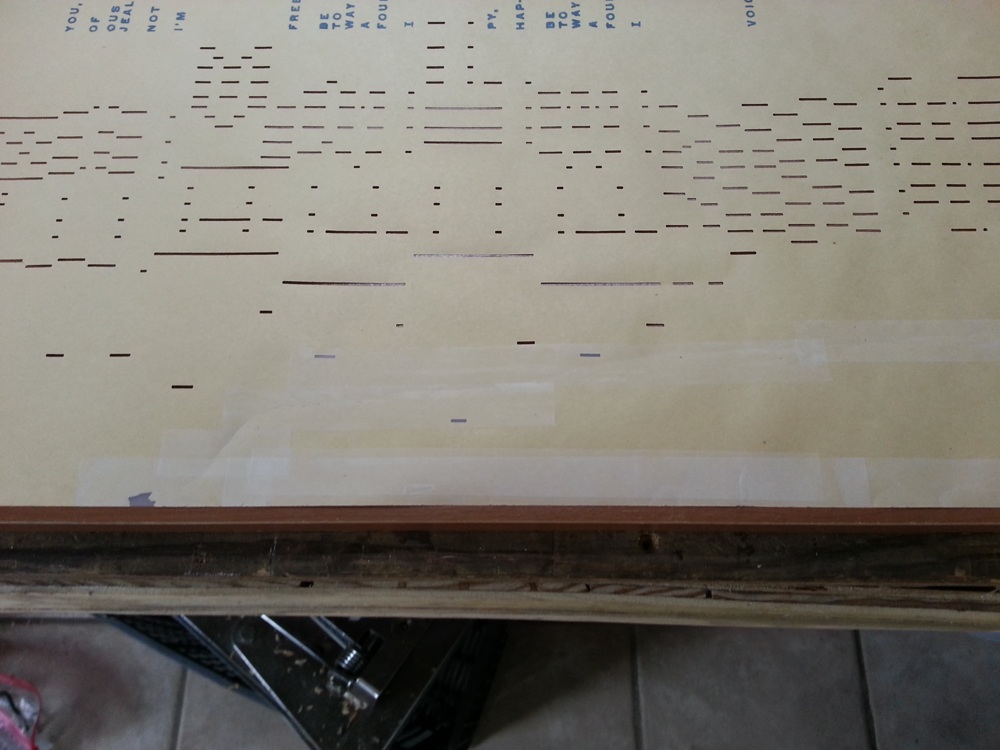












I have been servicing and tuning pianos in NOLA since 2012 after first becoming interested in piano technology in 2009. With a background in teaching bicycle mechanics, I bring a methodical mindset and a love of sharing knowledge and skills to the rich musical culture of New Orleans.